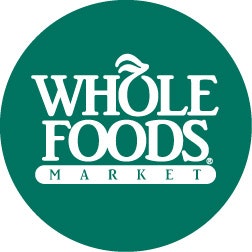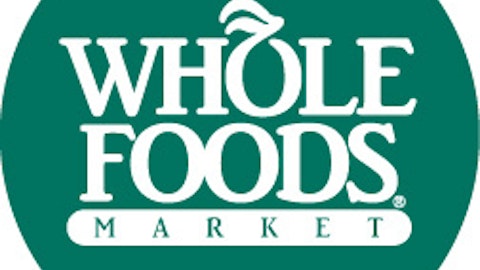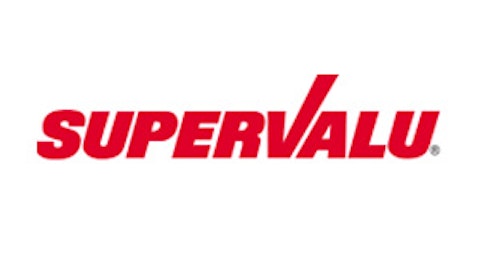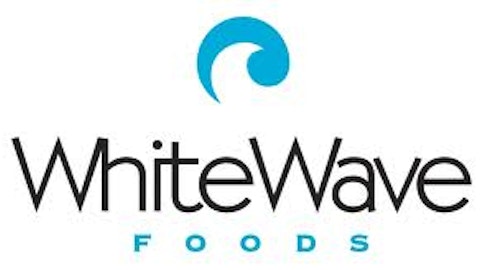In a relatively new market like organic food, I believe the first company to gain significant market share will end up as the eventual market leader. Low prices are especially critical in gaining customer acceptance in this kind of nascent market. Listed on the first day of August 2013, Sprouts Farmers Market is one of the largest specialty retailers of natural and organic food in the U.S., boasting more than 160 stores in eight states. The success of its value pricing strategy in winning new customers has been validated by its excellent comparable store sales growth record.

Best proxy for growing trend of organic food consumption
While the Nutrition Business Journal forecasts U.S. sales of natural and organic food to grow at a ten year CAGR of 10% from 2011 to 2020, the growth is not going to be shared equally. Conventional supermarkets have been ceding market share in the natural and organic food segment to other retail formats, in particular specialty retailers with differentiated product offerings like Sprouts Farmers Market.
Same for less strategy
While the organic food theme has been in existence for some time, the growth in penetration rates has not really lived up to expectations. My explanation is that the man in the street still perceives organic food to be too costly, price levels need to be further moderated for organic food to gain acceptance among the general public.
Sprouts Farmers Market’s motto “Healthy Living for Less” speaks volumes about its pricing strategy. Sprouts Farmers Markets typically sells its products at an average discount of 25%-30% to the prices of its competitor Whole Foods Market, Inc. (NASDAQ:WFM). Sprouts branded private label products also contribute to Sprouts Farmers Market’s overall competitive pricing, with about 1,200 items, compared to its total SKUs of about 16,000. As Sprouts Farmers Markets continues to expand, I am positive that it should leverage further on increased economies of scale to maintain its cost competitiveness.
Growth drivers
Based on the preliminary financial results for the second quarter of fiscal 2013, Sprouts Farmers Market recorded a 45% increase in quarterly revenue to $622 million, on the back of a 11% growth in comparable store sales. It also maintained healthy gross margin of 30%, compared with margins of 28.1% and 29.5% in fiscal 2011 and 2012, respectively.
In terms of new store sales, there is ample room from growth. According to the findings from research commissioned by management, the eight states in which Sprouts Farmers Market currently operates are able to support 300 stores, double that of its current store count. Furthermore, its small store model targeting a size of about 25,000 gross square feet minimizes competition for retail space with other supermarket operators which demand a larger floor area. With all that in mind, Sprouts Farmers Market is targeting a minimum of 12% annual new store growth over the next five years.
While comparable store sales tend to approximate the GDP growth for most retailers in mature market segments, the organic food market is an entirely different ball game. This is evidenced by Sprouts Farmers Market’s amazing track record of positive comparable store sales growth for 25 consecutive quarters since 2008. Increased consumer acceptance of organic food should see Sprouts Farmers Market register comparable store sales growth well in excess of GDP growth figures.
Peer comparison
Sprouts Farmers Market’s peers include Whole Foods Market and United Natural Foods, Inc. (NASDAQ:UNFI).
Whole Foods Market, Inc. (NASDAQ:WFM) is the largest natural and organic food retailer in the U.S., with more than 300 stores across the country. In the third quarter of fiscal 2013, it delivered a good set of results, increasing quarterly sales and diluted earnings per share by 12% and 20% to $3.1 billion and $0.38, respectively. Looking ahead, management has guided for full year fiscal 2013 sales and diluted EPS growth of 11% and 15%, respectively. This will be supported by strong new store sales growth, with 50 new leases inked in the past twelve months.
Despite this, I prefer Sprouts Farmers Market over Whole Foods Market, Inc. (NASDAQ:WFM). Compared with Sprouts Farmers Market, I believe that Whole Foods Market, Inc. (NASDAQ:WFM) will be more adversely impacted in the event of an economic downturn. When the economy weakens, price conscious customers will be likely to substitute its high end premium priced products with more affordable non-organic food or attractively priced alternatives from Sprouts Farmers Market.
United Natural Foods, Inc. (NASDAQ:UNFI) is a distributor of natural and specialty products and has been a primary supplier to Whole Foods Market, Inc. (NASDAQ:WFM) for more than a decade. It registered 13% and 9% growth in quarterly revenue and net income to $178.2 million and $31.6 million, respectively, for the third quarter of fiscal 2013. This was the result of increased penetration of conventional supermarket and supernatural channels and cost savings from the implementation of productivity initiatives. Management has guided for a 15% increase in full year fiscal 2013 sales, with plans to develop other distribution channels such as institutional foodservice providers and gourmet stores going forward.
Investors typically have the headache of choosing between suppliers and retailers as their investments in an attractively growing industry. For me, the answer is simple: I pick the one that boasts of higher profitability. Historically, United Natural Foods, Inc. (NASDAQ:UNFI) has generated gross margins averaging about 20%, compared with significantly higher gross margins in excess of 30% for retailers Sprouts Farmers Market and Whole Foods Market, Inc. (NASDAQ:WFM).
Conclusion
Investing is all about spotting secular growth themes and picking the best proxy. I am optimistic about increased customer acceptance of organic and natural food, and I am confident that Sprouts Farmers Market’s value-based pricing strategy makes it well-positioned to gain more market share from other specialty retailers and conventional supermarket peers.
Mark Lin has no position in any stocks mentioned. The Motley Fool recommends Whole Foods Market. The Motley Fool owns shares of Whole Foods Market. Mark is a member of The Motley Fool Blog Network — entries represent the personal opinion of the blogger and are not formally edited.
The article This Retailer’s Value Pricing Strategy Is Critical in Winning New Customers originally appeared on Fool.com is written by Mark Lin.
Copyright © 1995 – 2013 The Motley Fool, LLC. All rights reserved. The Motley Fool has a disclosure policy.




